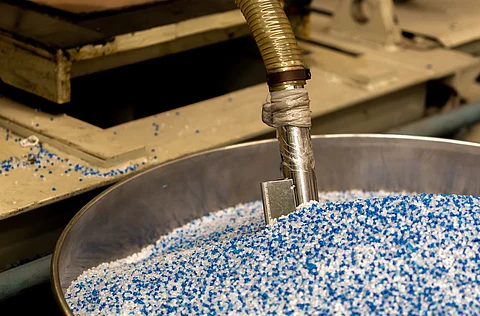

Article 5 of the treaty highlights the importance of plastic product design in achieving a circular economy but lacks clarity on global criteria. While many countries advocate for binding design obligations, others prefer voluntary approaches, risking coherence.
The COP is urged to develop global standards to support innovation and waste management, balancing national priorities with systemic transformation.
Article 5 introduces a vital dimension of the treaty by focusing on plastic product design, which is instrumental to achieving a circular economy and minimizing environmental leakage. Despite the recognition of its importance, the current formulation of the article remains misaligned with ambition. While it outlines obligations for Parties to enhance product design, it lacks clarity on minimum global criteria or harmonized performance requirements. This omission risks undermining the ability of the treaty to drive systemic transformation, especially in global supply chains where product design decisions are often centralized and transboundary in impact.
The overall sentiment among states reflects a relatively convergent view that product design obligations should be binding. Countries including the EU, UK, Philippines, Indonesia and USA have clearly endorsed legally binding measures, with suggestions for the Conference of the Parties (COP) to develop global design standards through a structured, sectoral approach. These proposals aim to establish predictable frameworks that can support upstream innovation and downstream waste management systems.
On the other hand, a smaller group of countries such as Saudi Arabia, India and Brazil have advocated for a voluntary approach, citing national circumstances, existing standards and the role of domestic regulatory agencies. While national flexibility is important, it should not come at the cost of undermining coherence or allowing the continued proliferation of poorly designed products that are difficult to recycle or manage post-consumption.
Countries like China and Türkiye have attempted to strike a balance by supporting binding language while referencing national priorities and capabilities. Meanwhile, the African Group has emphasized the need for harmonized design standards and criteria applicable across sectors, further reinforcing the call for a common global framework.
Moving forward, Parties will need to find common ground on the development of global design criteria, mechanisms for sector-specific implementation, and institutional mandates for the COP. Strengthening Article 5 in these areas will be critical for operationalizing product stewardship and enabling circular systems at scale.
This is a click to zoom map. View the larger image by clicking on it